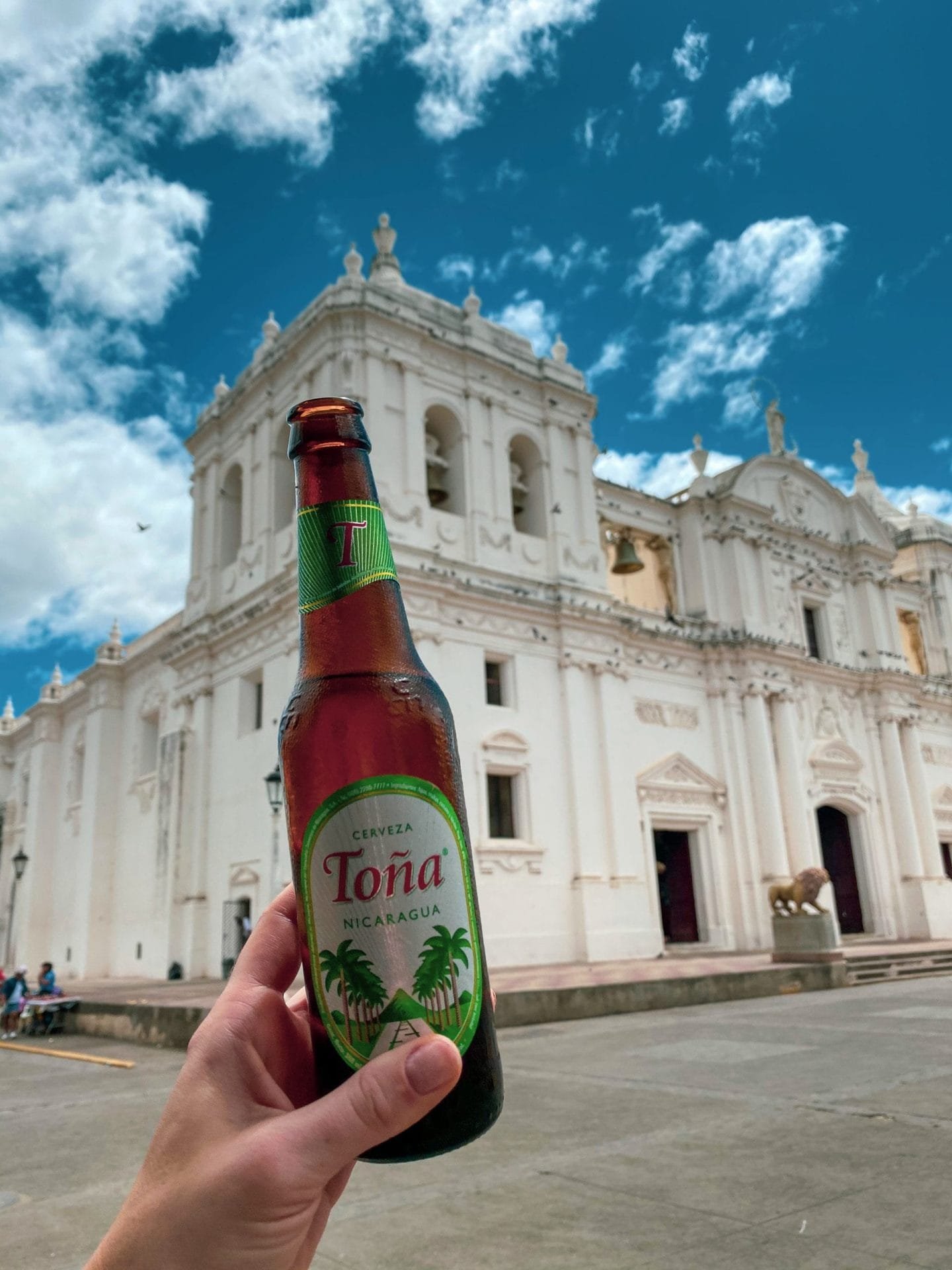
Foodie’s Guide to Nicaraguan Traditional Food and Drink
Nicaragua Traditional Food
Nicaraguan food and drink has a lot of different influences, but some of the most popular dishes date back to pre-Colombian times. Way back then, the varied menu on offer in Nicaragua was the result of a mixture between colonial Colombians, and native Nicaraguans.
Roots of Nicaraguan food
Nicaraguan cuisine has been around for centuries, dating back to the pre-Columbian era. You can tell by the names of Nicaraguan dishes. And that usually reflects the country’s rich history and cultural heritage. Nicaraguan cuisine became more diverse during the Spanish conquests, with Creole dishes supplementing the existing repertoire. Currently, Nicaraguan cuisine includes a variety of soups, main courses, and desserts. There are also many local refreshing Nicaraguan drinks, which I will review later in the article.
Creole Influence
This remarkable culinary journey is the result of a dynamic combination of traditional Creole ingredients, plus some special additions directed by Spanish colonisers. Nicaraguan cuisine is a flavourful and exotic affair including soups, meats and even traditional sweets to tantalise your taste buds. It’s not just the range of delicious meals that makes traditional Nicaraguan food so interesting: it also reflects the fascinating mix of ancestry present within the nation’s culture.
The stables of Nicaraguan cuisine:
Nicaraguan food’s base is maize, used in traditional dishes such as:
- Nacatamal
- Indio Viejo
- desserts
The two main staples are rice and beans, which are usually served in a gallo pinto dish.
Gallo pinto is so ubiquitous that the locals eat for breakfast, lunch, and dinner.
What food should you try when visiting Nicaragua
Corn is the king
For centuries, corn has been the basis of a number of Central American and Mexican cuisines, and for good reason! The crop grows really well, and it tastes amazing too. Therefore, from indigenous tribes to modern Nicaraguans, corn plays a large part in the diet.
From traditional Nicaraguan treats to unexpected drinks, you can always rely on corn to show up to the party. This traditional ingredient has been enjoyed by indigenous tribes for centuries and remains as popular today as ever in Nicaragua. Popular dishes featuring this dynamic vegetable include traditional Nacatamal, Sopa de Albondiga and Indio Viejo meals, while Atolillo and Perrereque offer a sweeter finish. But if you think adding corn to your dinner plate is its only superpower, wait until you try pinol and alfajor! Those are traditional Nicaraguan drinks and snacks that put corn on a pedestal like never before – an absolute must-try for any true Nicaraguan food enthusiast.
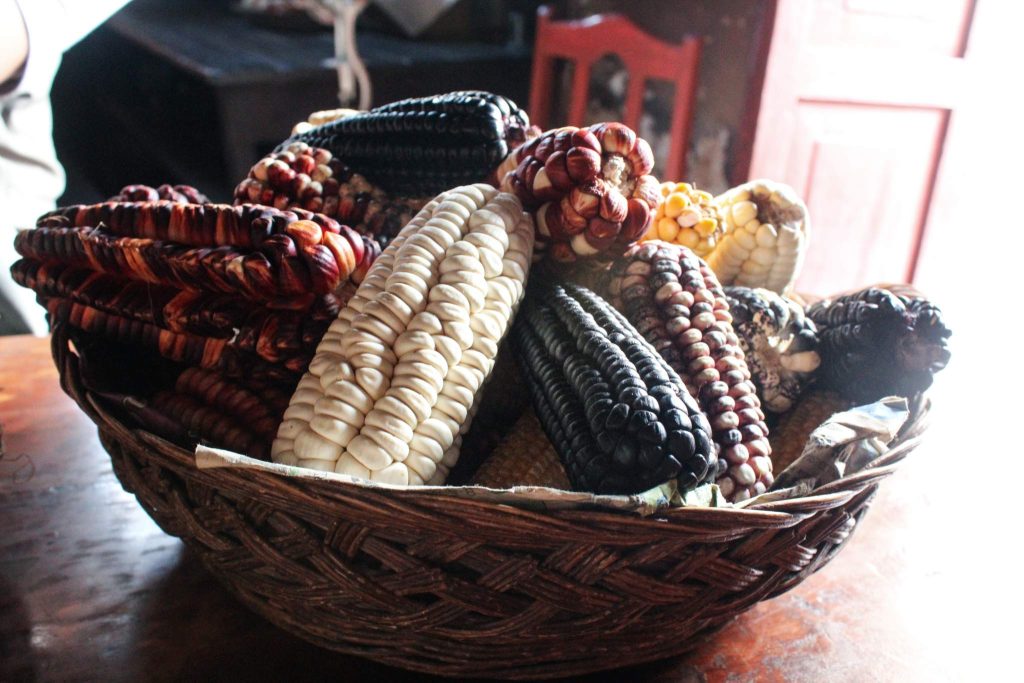
Nicaraguans use corn in pretty much all their dishes. Even Nicaraguan drinks! Chicha and Pinol are great examples of corn-derived beverages, but there are others available too.
Caribbean Flavors in Nicaraguan Cuisine
In Nicaragua, the culture is like a spectrum, changing as you walk across the beautiful landscape. On the Caribbean coast, you can find a a number of traditional Caribbean flavors, such as coconut.
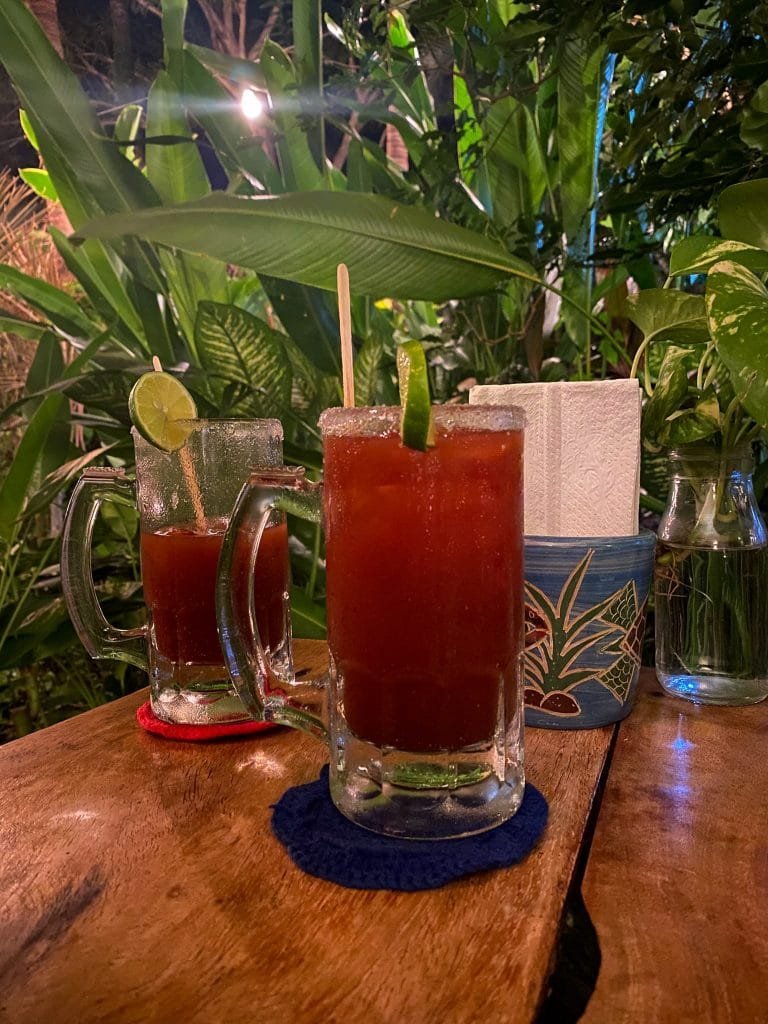
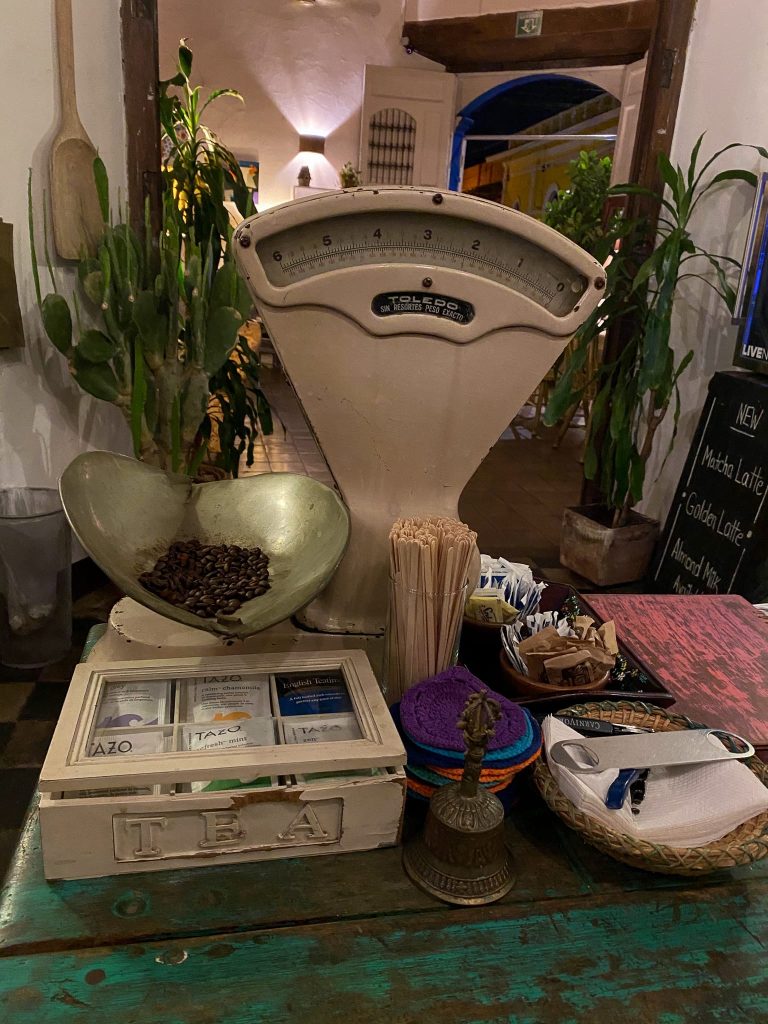
Tropical Ingredients in Nicaraguan cuisine
While coconut certainly makes up a part of Nicaraguan cuisine, there are plenty of other tropical flavors up for grabs too. The thing which separates this use of tropical flavors from similar cuisines is the fact that they’re paired so effortlessly with more traditional ingredients like onion and garlic.
From the classic jacote and mango, ubiquitous papaya and tamarind, to lesser-known pipian, Nicaragua has embraced many fruits as part of its traditional cuisine. Nicaragua’s cooking repertoire also includes staples like yucca roots, quequisque roots, cilantro, oregano and achiote. But Nicaragua dishes don’t end there; many innovative fusions have been created by throwing ingredients such as tomatoes, onions, garlic, flour, rice, oranges, mustard and mayonnaise into the mix. And let’s not forget about Nicaragua’s secret weapon – milk and cheese bring an unbeatable richness to every dish it touches–and when decorated with vanilla or cinnamon-well that’s just the icing on Nicaragua’s delicious culinary cake!
Rice and beans in Nicaraguan cuisine
Rice and beans are the basis of a Nicaraguan diet, at all meals. Nicaraguans eat it as part of breakfast, they call it Gallo Pinto. At lunch or dinner, however, they’re a part of a ‘Casado’, which is the local equivalent of a cheap, filling meal of the day.
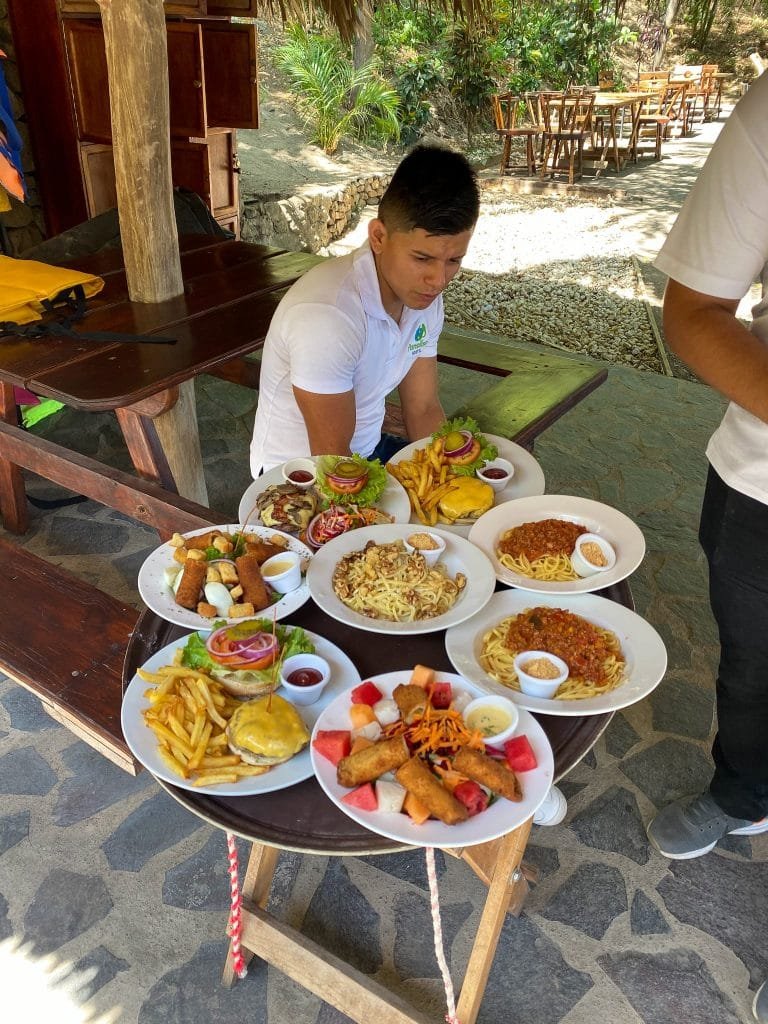
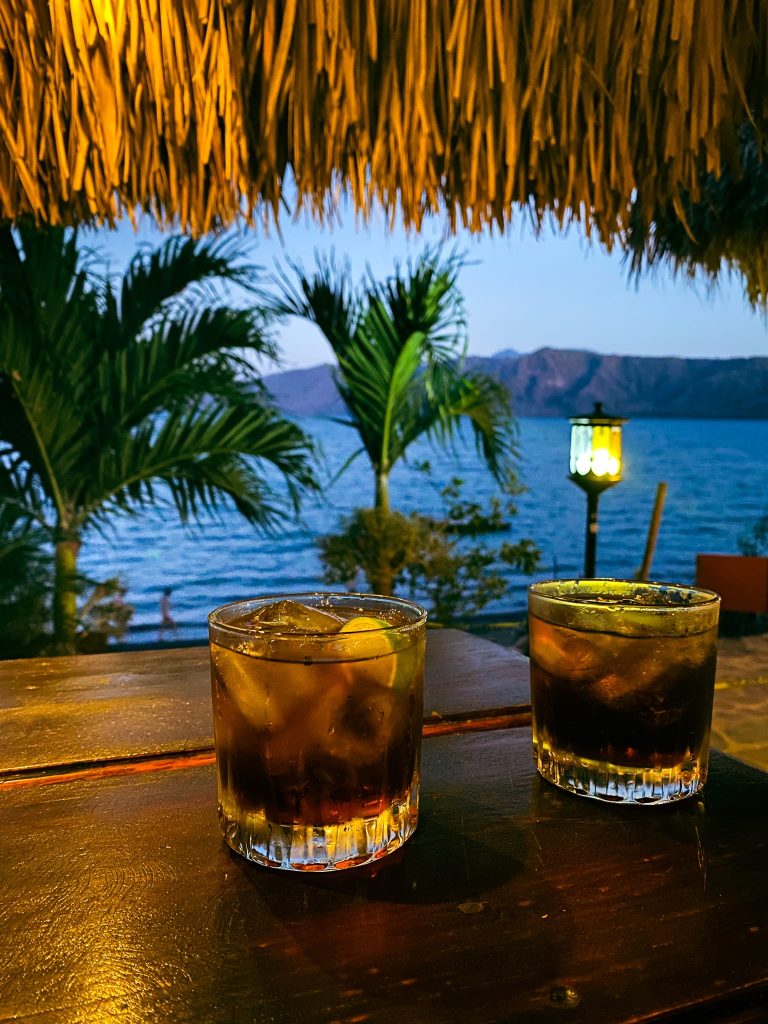
In Nicaragua, non-typical meat makes up a large part of the diet. For example, the tail, stomach, brain, and testicles of a cow (or bull) are all fairly commonplace ingredients when using beef.
Fritanga
You can find fritanga (fritanga) in any Nicaraguan restaurant- a ubiquitous catering establishment consisting of a counter with various foods and several tables. Sometimes with a makeshift kitchen right on the street.
Gayo pinto
Gayo pinto is a mixture of boiled red or black beans and rice. Gallo Pinto – a bowl of simple and delicious rice and bean dish and perhaps the most classic dish of Nicaragua.
Vigoron
On the plate, there are layers of deliciousness that would make anyone’s mouth water; beginning with a tried-and-true classic – the crunchy chicharron – followed by a refreshing tomato-cabbage salad, and ending with yucca. Of course, Vigoron wouldn’t be Vigoron if it wasn’t served on a plantain leaf; add that to the equation and you’ve got yourself a sensory explosion, ready to be devoured! Vigoron truly is one of those treats that leave your taste buds tingling with pleasure, and your fingers reaching out for more.
Mondongo
Mondongo is a very famous Nicaraguan dish. It’s perhaps the most famous colonial food and is one that the ex-pats seem to love hating.
Mondongo is a hearty soup, with tripe front and center. Ingredients, -hold your breath- cow stomachs and hooves, which float in the bowl. The cooking process involves removing the nail from the hoof to get at the tender meat beneath. If you’re so inclined, the meat actually very succulent, with a fine flavor.
Indio Viejo
Indio Viejo is a special Nicaraguan stew that packs quite a flavorful punch. This thick and hearty broth, usually prepared with chicken, pork or beef, is one of those meals that truly sticks to your ribs. There’s nothing quite like Indio Viejo for filling you up and tantalising your taste buds with the tangy zest of tomatoes and orange marinade, plus the surprise spicy kick of sweet peppers. Truly a tasty treat worthy of its special status!
Quesillo
Quesillo, a typical Nicaraguan food, is a mouth-watering snack that consists of a thick corn tortilla filled with quesillo cheese and pickled onions served with a tangy sour sauce. It combines the mildness of melted cheese and the zesty sour taste of the sauce – making it an absolute treat! Quesillo is the perfect balance between sweet, creamy, and savory – and will have you wanting more after one bite.
Nicaraguan nacatamales – a Nicaraguan food staple!
Nicaraguan nacatamales are a real treat and well worth the effort. Unlike their Mexican counterpart, Nicaraguan masa contains a bit of bittersweet orange, and it’s all wrapped up in banana leaf for an extra special flavor.
Nicaraguan nacatamales serve as an almost complete meal all within a grand package – featuring rice, meat, potatoes and tomatoes as well as optional ingredients like prunes, green olives or capers. Weekends in Nicaragua? You can bet that includes a plate of Nicaraguan nacatamales – the kind of attention and care you simply can’t get any other way!
Fruit in Nicaragua
In addition to rice and beans, Nicaraguan cuisine features a variety of tropical fruits, such as:
- jokote (Mexican plum)
- mango
- papaya
- tamarind
Nicaraguans are using fruit in different ways: they boil them, fried them, or eat them raw. It’s also common to turn fruit into chips or bread. Whatever the form, Nicaraguan food is sure to delight the senses.
Tortillas
Corn is King. In almost every part of Leon or Granada, you can find a tortilleria.
Bananas in Nicaraguan cuisine
Nicaraguan traditional food list is incomplete without its most famous side dishes: the delicious and nutritious banana. Nicaraguan bananas come in all shapes and sizes, each with its own distinct flavor and use. The most common varieties of Nicaraguan bananas are maduro, tahadas, and tostones.
Maduro
Maduro is sweet and often served as a dessert, fried in oil until they turn black.
Tahadas
Tahadas are long fried banana chips
Tostones
Tostones are fried and flattened green plantains.
No matter which variety you choose, Nicaraguan bananas are a delicious and healthy addition to any meal.
Nicaraguan Drinks to try
One of the main things that Nicaragua is famous for is its amazing rum! The most popular brand is Flor de Caña.
You will find more traditional drinks like beer and wine throughout the country. If you’re dining in Nicaragua, consider going for Chilean wine to balance quality with cost. Beer is popular in Nicaragua, with the most common brands being Victoria and Toña.
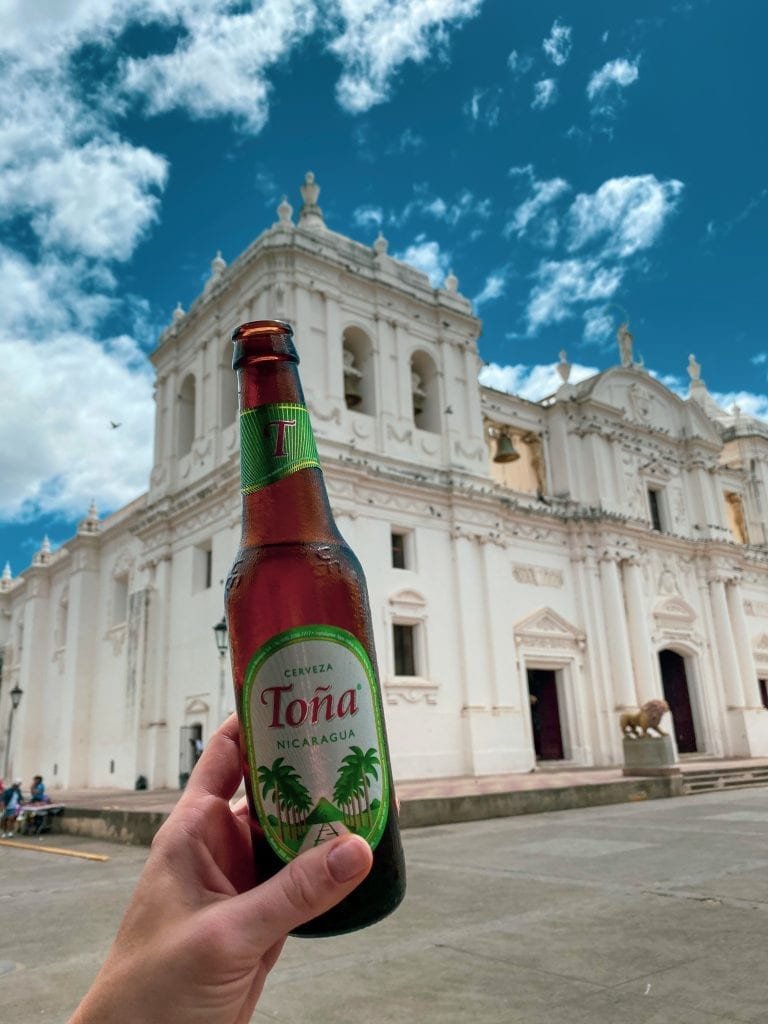
If you’re looking for a non-alcoholic drink, I’d recommend pinol. It is water that has been flavored with toasted, ground corn – it’s much better than it might sound. A variation on pinol is tiste, which is made with cocoa beans and corn.
Macua – traditional Nicaraguan drink
Macua is truly a luxurious liquid slumber. Pouring it into a glass unleashes an invigorating scent that will tantalize your taste buds. The blend of aromatic rum, tart guava juice and fresh lemon juice is nothing short of breathtaking. A sip leaves you with a symphony of flavours on your palette – the initial spirit kick gradually followed by the pleasant sweetness from the guava and ending with a citrusy zing from the lemon juice.
Chicha de Maiz
Chicha de Maiz, a traditional Nicaraguan drink, is truly an experience for the senses. Featuring an exquisite blend of ground corn and sugar cane juice, Chicha de Maiz is a delicacy that allows for days of fermentation before being enjoyed. This unique process creates a taste almost as smooth as silk but with a sweetness to tantalize your tastebuds!
Arroz-con-Pina
What could be more bizarre than to mix milk, rice, pineapple, and sugar and turn it into a delicious beverage? Arroz-con-Pina delivers on that promise with its unique flavor – a combination of sweet and savory from the pineapple and grainy from the cooked rice. Just when you thought Arroz-con-Pina was going to be a boring treat for kids, why not spruce it up with a dash of alcohol if that’s your thing! Arroz-con Pina will never disappoint those who are looking for something different yet interesting.
Pinolillo
This popular Nicaraguan drink boasts a combination of cornmeal and cocoa, plus a dash of cinnamon and some milk to bring out the flavors. The result? A sweet treat that tastes like an ultimate evolution of chocolate shakes – all while taking you to your own little slice of heaven with each sip.
Nicaraguan coffee
The only spot where you might not love your coffee too much – locals tend to like it weak and sugary. Tracking down a good cup can be hard. If you’re looking for something to scratch the coffee itch, try seeking out a good hotel or restaurant, they’re more likely to cater to American and European tastes.
For a hot drink that’s a little different, try agua dulce – a warm drink made from melted sugar cane, and served on its own, or with milk or lemon.
Nicaraguan cuisine is rich and varied, reflecting the country’s long history and culture.
Nicaraguan deserts
Rosquillas – a Nicaraguan classic
Nothing beats the sweet smell of freshly baked Rosquillas coming out of an oven – a Nicaraguan classic. These crusty cookies, made with tantalizingly delightful ingredients including cheese, butter, lard from pork and beef, and masa flour, are perfect for any occasion. The only thing as amazing as their aroma is the flavor – the masa flour steals the game with its crunchy texture! Once you get these little bombs in your mouth, the cheese melts away and the butter dances on your tongue. Not to mention that slurping sensation when you bite in!
Tres Leches
Tres Leches is a cake made of three layers – Condensed Milk, Evaporated Milk and regular Milk – that creates a sinfully sweet treat when topped with cream or meringue! This creamy delight isn’t like any other cream-based dessert you might find in your local bakery. It’s Nicaraguan cream makes the Tres Leches a little bit sassier than what you’re used to, yet still just as scrumptious! Tuck into this delectable dessert, and let each layer of milk tag along to take you to culinary heaven!
Lizards and other weird things
Nicaraguan culture is one renowned for its thriftiness and shunning of wastefulness – resulting in a cuisine that often takes full advantage of all parts of animals when cooking. This can come as a shock to foreigners experiencing Nicaraguan cuisine for the first time, with cow’s tails, udders, stomachs, brains and testicles all featuring heavily. Even more startling are the use of animal skin, hoofs and blood in some dishes. Of course, these radical dishes aren’t available on many restaurant menus – although Nicaraguan intrepidity has extended to consuming turtle eggs, lizards, armadillos and boas.




